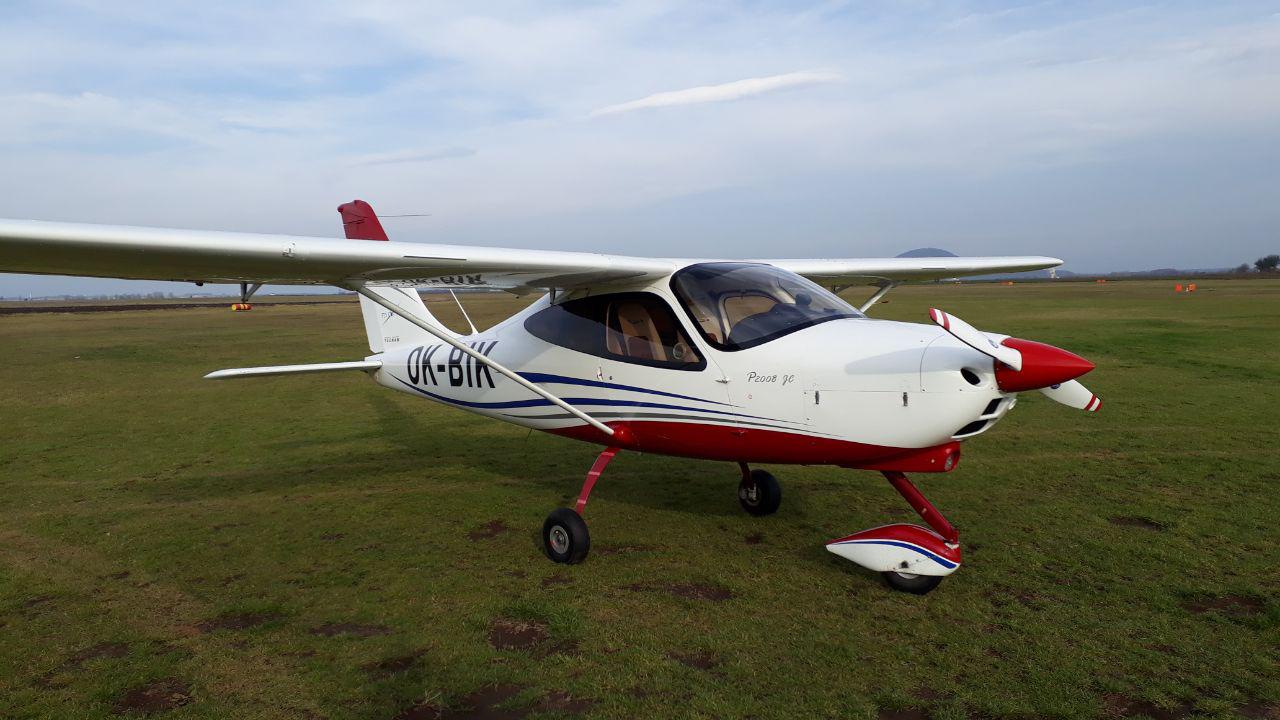About a month ago, I began my EASA Commercial Pilot training. I flew for approximately four hours before returning home, and now I am preparing to complete the program.
Our school has several Cessna 152s and one TECNAM P2008JC. The Cessnas are usually booked well in advance, but the Tecnam is less popular. I managed to book it for almost a week, and I must say, it is a fantastic aircraft.
The Tecnam boasts modern avionics, superior flying capabilities, and has an endurance of more than six hours compared to the Cessna 152’s four hours.

Despite the aircraft has the same high-wing design as Cessna 152, it is less popular primarily because most students pursue their Private Pilot License (PPL), and our school uses the Cessna 152 for exams. Switching aircraft mid-training could require additional hours, especially at earlier stages of training, which can be costly. One must get used to a different glide slope and flare attitude, and learn new instruments.
However, the commercial pilot program is a completely different story. It takes less time to adapt to a new aircraft, and the exam will be conducted in a Cessna 172RG anyway.
Personally, I prefer the Tecnam over the Cessna 150/152, even though my first flight was in a Cessna 150. The Tecnam is a step forward with its glass cockpit (not a G1000, but still impressive). It does not have IFR-certified GPS or autopilot, but the PFD displays altitude and speed bands, and has different display modes. It feels like flying a Boeing at first.
Additionally, the Tecnam glides better than the C150/152, which means the engine-out distance can be much larger. However, it requires more precise piloting during landing and is not as forgiving as the Cessna. It does not look so rigid as 152 too. This could be one reason why it is not extensively used as a primary trainer.
The airplane flies incredibly well and is slightly lighter in weight, which contributes to its great performance. Moreover, the fuel gauges work much better than in the Cessna, where I had little faith in them.
There are some drawbacks, though. The Tecnam acts much less predictably in a stall, and at first, it feels like it wants to spin right away when performing stall exercises. It has a stick instead of a yoke, and its cruise speed is 80-90 knots, about ten knots less than the Cessna. Additionally, it has a fuel pump, like low-wing Pipers, and you must switch tanks in flight (again, like in Pipers). Finally, it is more challenging to get into the cockpit 🙂
Overall, I prefer the Tecnam over the Cessna 150/152, and the experience of flying it is definitely worthwhile. Although I am unsure if I would have liked to use it for my PPL back in 2017, it is undoubtedly worth it at the CPL level.
Leave a Reply